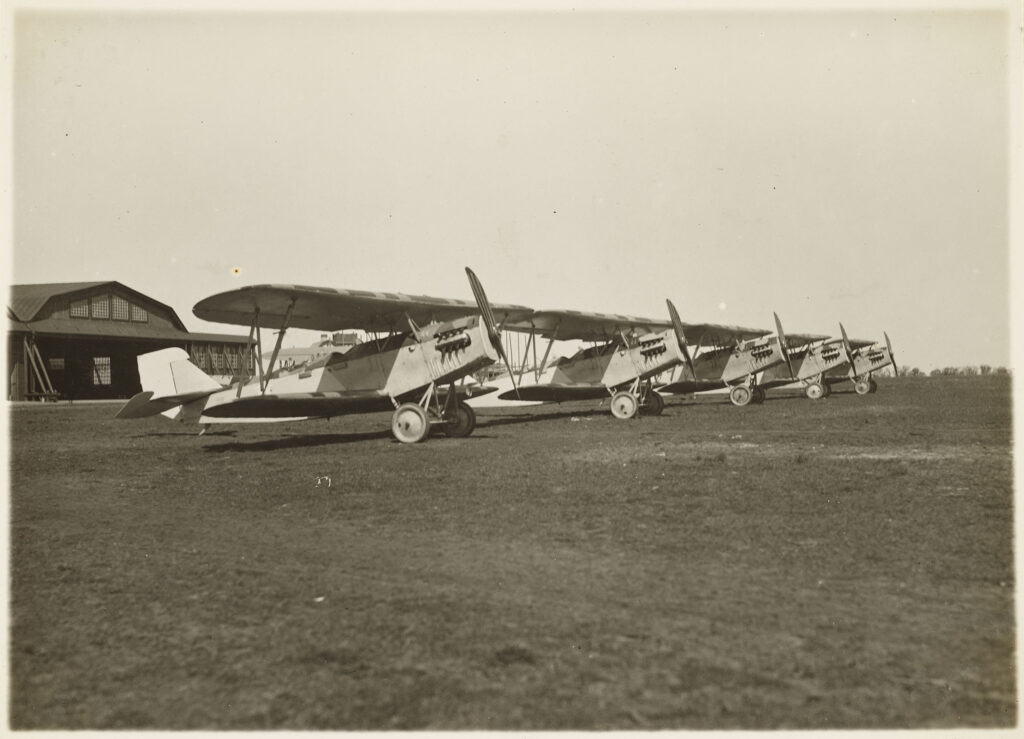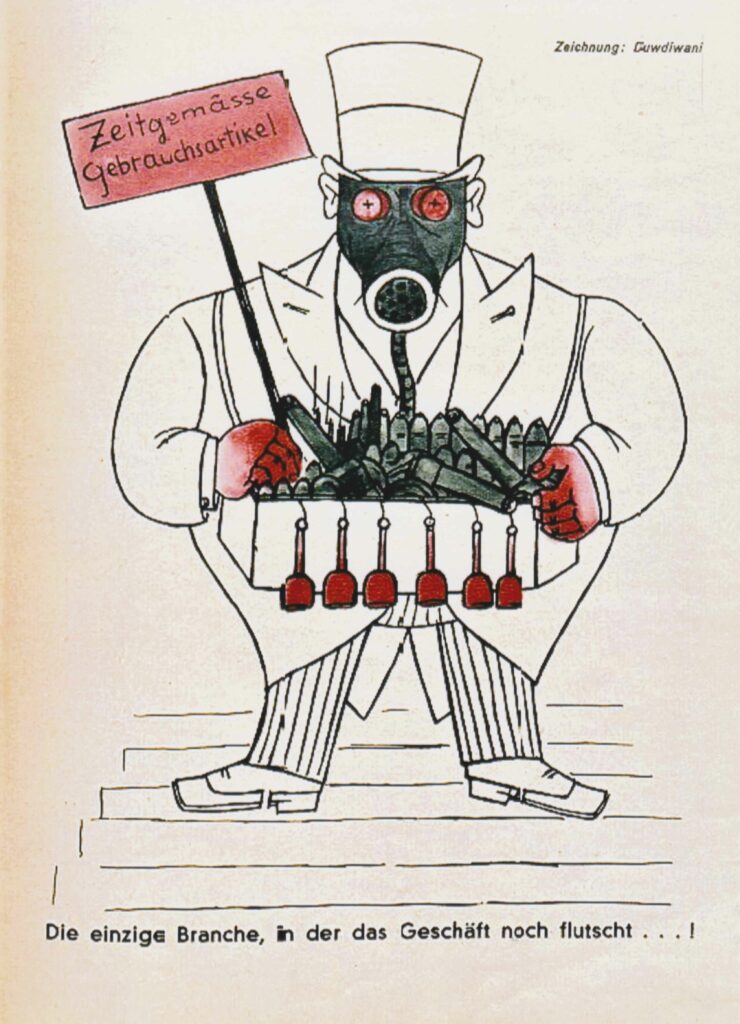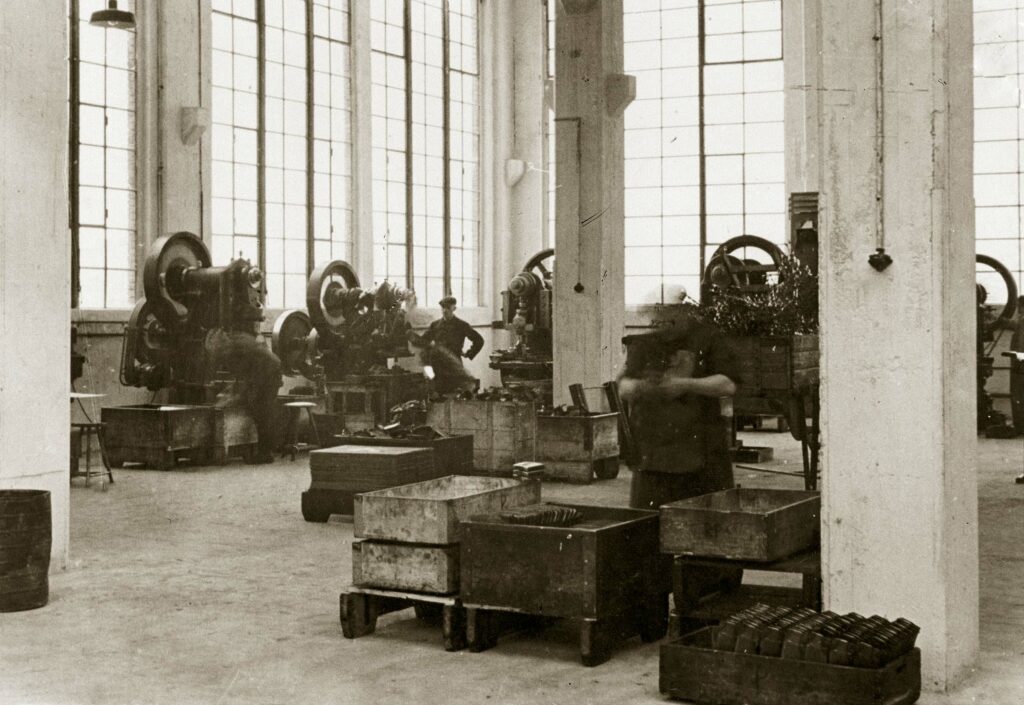Secret Armament
The industrial rearmament of the German Reich began in 1932 with the Second Armament Program. After Germany’s defeat in the First World War, the Allies stipulated in the Versailles Treaty that the Germans could only have 100,000 soldiers in their professional military ranks. The Navy was limited to 15,000 men, while the establishment and development of an air force was prohibited.
Secret Armament
The industrial rearmament of the German Reich began in 1932 with the Second Armament Program. After Germany’s defeat in the First World War, the Allies stipulated in the Versailles Treaty that the Germans could only have 100,000 soldiers in their professional military ranks. The Navy was limited to 15,000 men, while the establishment and development of an air force was prohibited.
Secret efforts to circumvent the Peace Treaty had begun with the First Armament Program of 1928, passed under Chancellor Hermann Müller (SPD). In 1932, the government conceived of the idea to establish a 21- Division army equipped with weapons, munitions, and 150 planes. The long-term goal of the Reichswehr leadership was built up a military with 102 divisions and up to 3 million soldiers.
Since 1921, the Germans had secretly been working together with the Soviets to build their military capabilities. In 1925, an aviation school was opened in the Russian city of Lipetsk, jointly operated with the Red Army. There was also a joint tank school in Kazan and a facility for researching and testing gas warfare near Volsk.

Windy from German Aviation
The German military operated a secret flying school and testing facility near Lipetsk in the USSR. The planes pictured here are “Heinkel HD 17” biplanes, designed as reconnaissance aircraft.
Armament Factory in Suhl
Since 1925, the Thuringian company “Simson”, based out of Suhl, had been the sole producer of light machine guns, rifles, carbines, and pistols for the German army. The Jewish-owned factory became the foundation of the Wilhelm-Gustloff-Stiftung armaments corporation.
Werner Boldt: Carl von Ossietzky (1889–1938). Bremen 2020.
David Brown: What’s in a Name? Dennis Baum and the Simson Company. Leo Baeck Institut 2014.
Online: https://www.lbi.org/news/whats-in-a-name-dennis-baum-and-the-simson-company/
Gerhard Jungfer / Ingo Müller: 70 Jahre Weltbühnen-Urteil. In: Neue Juristische Wochenschrift (NJW) 2001, S. 3461–3465.
Dieter Lang, Staat: Recht und Justiz im Kommentar der Zeitschrift »Die Weltbühne«. Frankfurt a. M. 1996.
Rolf-Dieter Müller / Hans-Erich Volkmann: Die Wehrmacht. Mythos und Realität. Hg. im Auftrag des Militärgeschichtlichen Forschungsamts. München 1999.
Bernhard Sauer: Schwarze Reichswehr und Fememorde. Eine Milieustudie zum Rechtsradikalismus in der Weimarer Republik. Berlin 2004.
Ulrike Schulz: Simson. Vom unwahrscheinlichen Überleben eines Unternehmens 1856–1993. Göttingen 2013.
Dimitri Alexejewitsch Sobolew: Deutsche Spuren in der sowjetischen Luftfahrtgeschichte. Die Teilnahme deutscher Firmen und Fachleute an der Luftfahrtentwicklung in der UdSSR. Hamburg/Berlin/Bonn 2000.
Rainer Wohlfeil / Edgar Graf v. Matuschka: Reichswehr und Republik (1918–1933). Handbuch zur deutschen Militärgeschichte 1648–1939. 4. Lieferung – VI. Hg. im Auftrag des Militärgeschichtlichen Forschungsamts. Frankfurt a. M. 1970.


